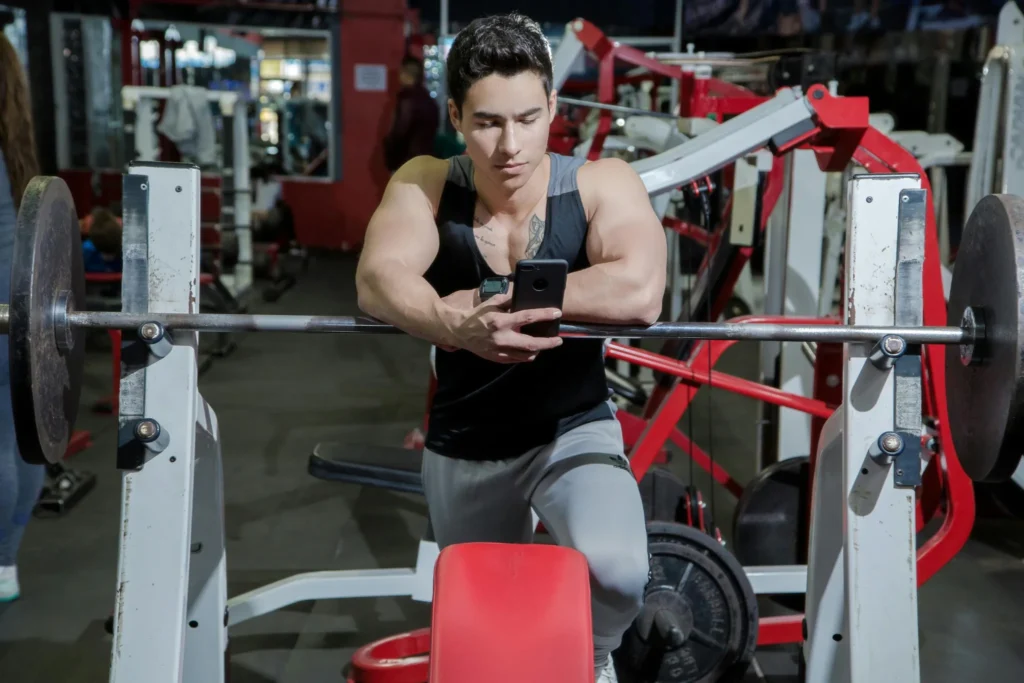
Starting a gym routine can be confusing, especially when you’re new and hearing terms like “Push Pull Legs” tossed around without much explanation. But don’t worry — this training split is actually one of the simplest and most effective approaches for beginners. It’s flexible, easy to understand, and incredibly effective for building strength, improving muscle definition, and creating a sustainable workout routine. Here’s what Push Pull Legs is, how it works, and how to use it to start building your best physique.
What Is Push Pull Legs?
Push Pull Legs, often abbreviated as PPL, is a workout split that organizes your training based on movement patterns rather than individual muscle groups. It’s divided into three main workout types:
- Push Day: Targets pushing muscles like the chest, shoulders, and triceps. Common exercises include barbell bench presses, dumbbell shoulder presses, and tricep pushdowns.
- Pull Day: Focuses on pulling muscles — the back and biceps. You’ll do movements like pull-ups, barbell or dumbbell rows, and bicep curls.
- Leg Day: Works the lower body, including the quads, hamstrings, glutes, and calves. Exercises include squats, Romanian deadlifts, and leg presses.
This structure allows you to train all major muscle groups with balance and intention. You avoid overlapping muscle use, which improves recovery and reduces injury risk — key for beginners.
For a deeper understanding of why muscle recovery is essential in weight training, check out this guide from Healthline.
How to Schedule the Push Pull Legs Split
The best part about the PPL routine is its flexibility. Whether you can train three times a week or six, this split adapts to your schedule. Here are two beginner-friendly options:
Option 1: 3-Day Split
- Monday – Push
- Wednesday – Pull
- Friday – Legs
Option 2: 6-Day Split
- Monday – Push
- Tuesday – Pull
- Wednesday – Legs
- Thursday – Push
- Friday – Pull
- Saturday – Legs
- Sunday – Rest
The 3-day split is ideal for beginners starting out. Once you’re more experienced and want more volume, move up to the 6-day version. Consistency is more important than frequency at the beginning.
Beginner-Friendly Push Pull Legs Workout Example
Here’s a sample routine to get you started:
Push Day:
- Barbell Bench Press – 4 sets of 6–10 reps
- Seated Dumbbell Shoulder Press – 3 sets of 8–12 reps
- Incline Dumbbell Press – 3 sets of 10 reps
- Lateral Raises – 3 sets of 15 reps
- Tricep Rope Pushdowns – 3 sets of 12–15 reps
Pull Day:
- Lat Pulldowns (or Pull-Ups) – 3 sets of 6–10 reps
- Dumbbell or Barbell Rows – 3 sets of 10 reps
- Face Pulls – 3 sets of 15 reps
- Bicep Curls – 3 sets of 12 reps
- Hammer Curls – 3 sets of 10–12 reps
Leg Day:
- Barbell Back Squats – 4 sets of 6–10 reps
- Romanian Deadlifts – 3 sets of 10 reps
- Walking Lunges – 3 sets of 12 reps (each leg)
- Leg Press – 3 sets of 12 reps
- Calf Raises – 3 sets of 15–20 reps
Focus on form over weight and take 30–90 seconds of rest between sets. You can track your progress using a notebook or fitness app to apply the principle of progressive overload — gradually increasing weight, reps, or control over time.
Why Push Pull Legs Is Great for Beginners
The PPL routine stands out because it’s easy to follow and easy to stick with. Here’s why it’s beginner-friendly:
- Simple and clear structure — you always know which muscles you’re training
- Even workload across your body, avoiding overuse or undertraining
- Built-in recovery time for each muscle group
- Adaptable volume — scale it up or down based on your time and experience
- No expensive equipment required — most of it can be done with dumbbells and a bench
Compared to full-body workouts or random routines, PPL brings structure, progression, and clarity, all of which are crucial when learning how to train effectively.
Extra Tips to Maximize Your PPL Progress
- Start light and increase slowly — your form matters more than weight
- Warm up before each session with dynamic stretches and activation drills
- Track your workouts to measure progress and stay consistent
- Get enough rest — aim for 7–9 hours of sleep and 1 rest day per week
- Fuel your body — eat balanced meals with protein, complex carbs, and healthy fats
Need help with nutrition? Check out our Beginner Meal Guide for lifters on Lift Evolve.
Final Thoughts
The Push Pull Legs split isn’t just for advanced bodybuilders — it’s one of the best training routines for beginners who want to build strength, muscle, and a solid gym habit. It’s structured, balanced, and adjustable to any schedule.
Whether you’re lifting three times a week or six, this approach makes it easier to stay motivated, track your growth, and avoid burnout. If you’re tired of random workouts and want to train with purpose, PPL is your answer.
Ready to dive deeper? Learn more about Push Day training, Pull Day workouts, and Leg Day routines on Lift Evolve.
Let’s build your foundation — one rep at a time.

Leave a Reply